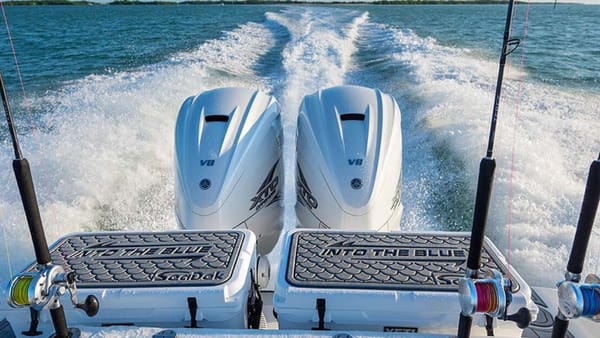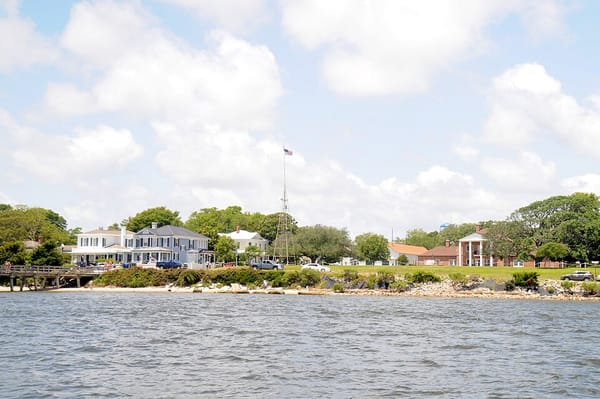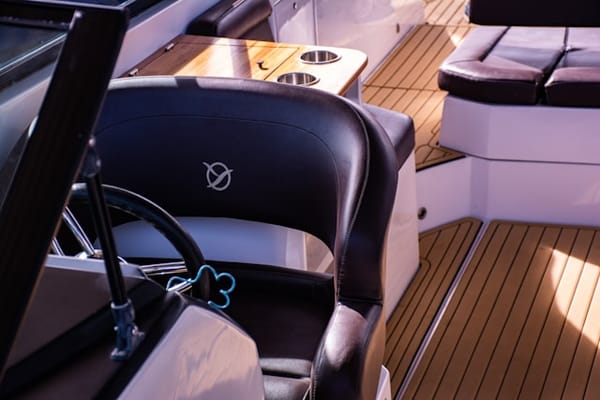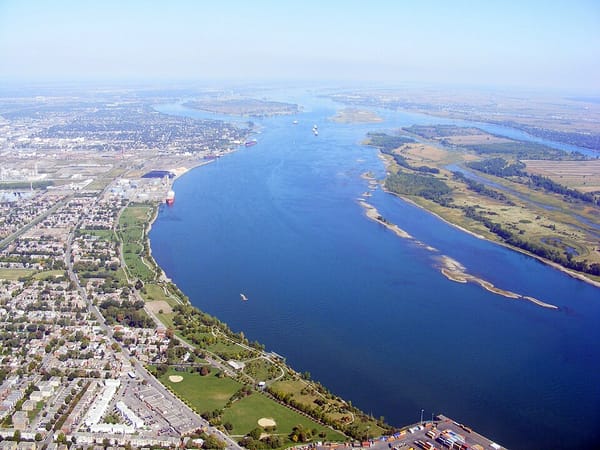Sailing Stats: Types of Sailboats
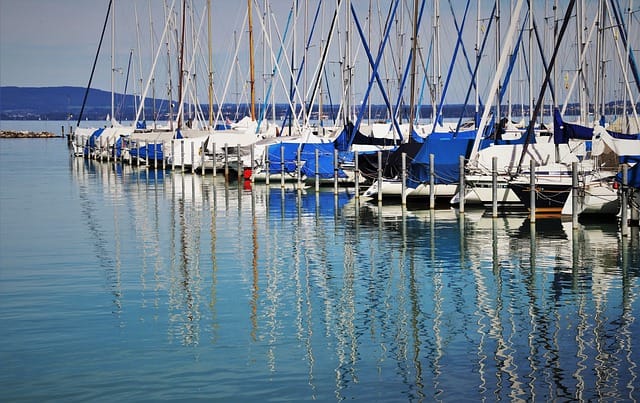
Do you get sloops mixed up with schooners? Confuse cutters for a ketch? From historic sailing ships to modern vessels, there’s just something regal about a fully rigged sailboat on the horizon (not to mention all the cool sailing songs out there). But how do you know which is which?
Whether you hoist sails on the Chesapeake Bay, enjoy the multi-mast views in Annapolis, Maryland or travel around your local lake in a kayak or cuddy cabin, it’s nice to know how to distinguish the differences in those wind-driven vessels (if only to impress your friends and family with your vast sailing knowledge while hanging out at a private boat slip rental).
Today, we’re going to go over the differences in the various types of sailboats. Of course, there are several sub-categories within the sailboat world. For example, you can have a cutter-ketch (the addition of headsails on a cutter). We’ll stick with the abridged version for now. We may throw in a sailing song lyric or two just for fun.
Types of Sailboats
Schooner
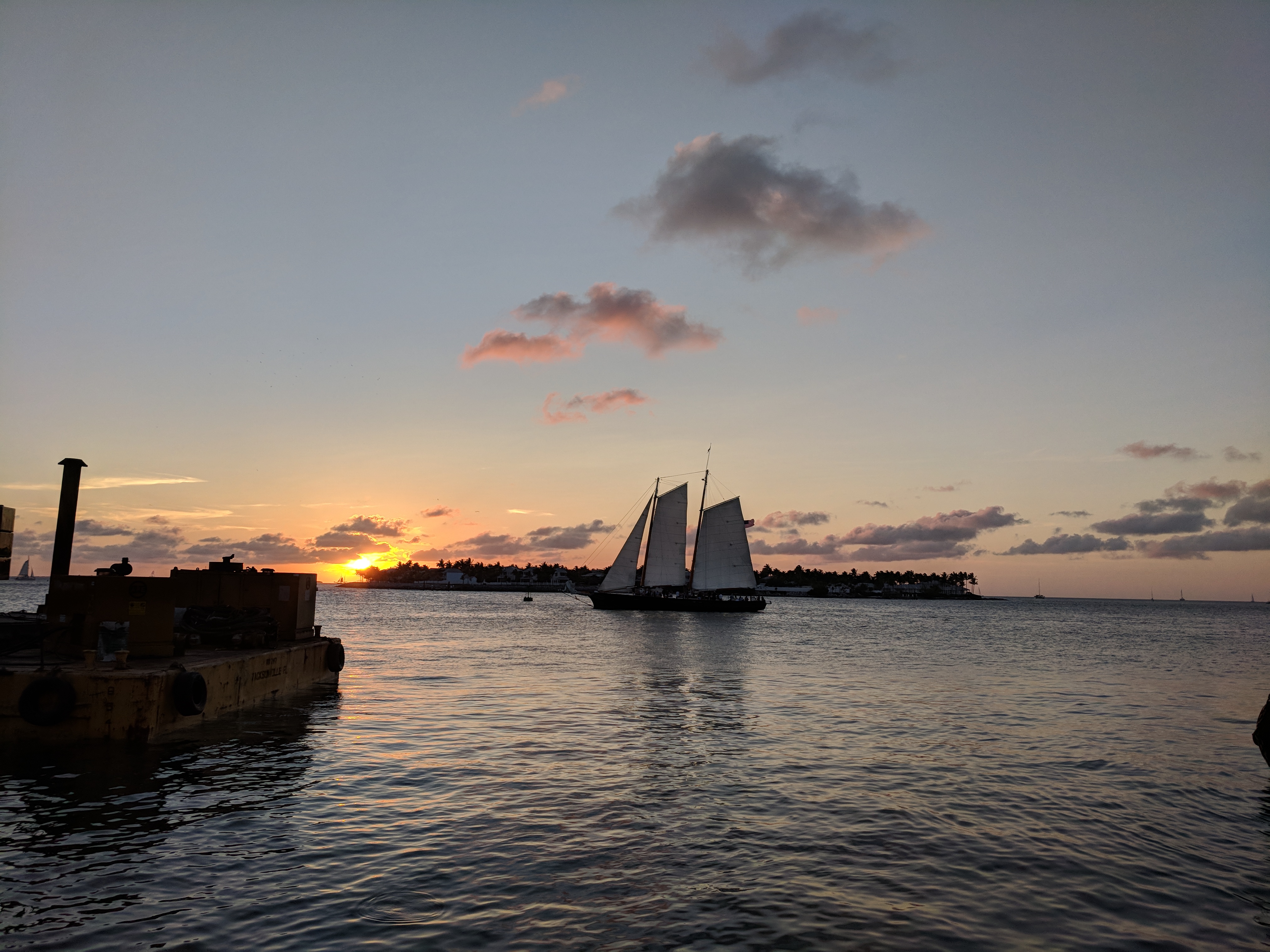
Photo: Sandy Allen
The schooner is possibly the stateliest and most magnificent looking vessel on the water (and what most think of when they hear the word sailboat). Schooners have fore (front) and aft (back) sails on two or more masts. The main thing that makes a schooner a schooner is that the aft mast (or mainmast) is the same height or taller than the foremast. Schooners with three masts are called tern schooners.
Sloop

Photo: Kevin Murray/Wikipedia/CC License
Sloops, smaller than schooners, are single-masted vessels with two sails. They have a foresail (typically a jib sail) and a mainsail. Sloops can also be called Bermuda rigs or Marconi rigs (or the Sloop John B if you’re the Beach Boys). Sloops are up to about 45 feet in length and make an excellent choice for beginning sailors.
Cutter

Photo: Wikipedia
A cutter is a sloop with one mast and two foresails and a mainsail. That additional sail between the headsail and mainsail is what makes a cutter a cutter (and not a sloop). Cutters are about 34 feet long. A cutter sailboat is not to be confused with a Coast Guard cutter, which looks more like a battleship than a pleasure boat (and one you won’t see bobbing about at a private boat dock rental or marina).
Ketch

Photo: Wikipedia
A ketch has two masts and three primary sails. There’s a main mast forward and a shorter mizzen sail (small and triangular) at the aft. The three sails make the boat more balanced and easier to control, especially for a solo sailor. The ketch is a great choice for long-distance sailing in rough water and heavy wind. Ketches are 40 feet or bigger.
Yawl
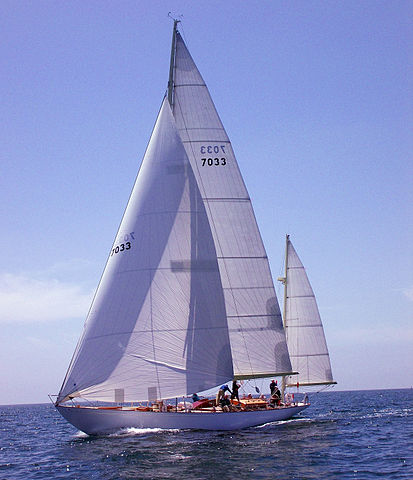
Photo: D. Ramey Logan/Wikipedia/CC License
A yawl is an old-time-style fishing sailboat with two masts. It’s similar to a ketch, but yawls have the mizzen mast positioned aft of the rudder post. On the ketch, the mizzen mast is ahead of the rudder post. The small mizzen sail keeps the vessel steady for heavy loads. Yawls are typically 50 feet in length.
Catamaran
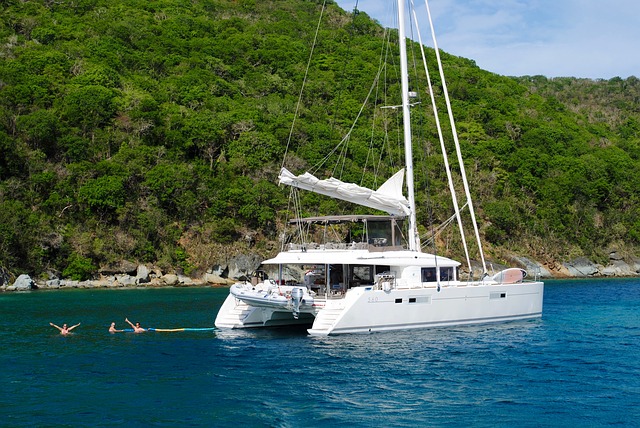
Photo: Pixabay
For stability, comfort and control, you can’t beat a catamaran. The two hulls can be a confusing factor, but cats do have sails (usually two, a mainsail and a genoa). With a spinnaker sail, they can go quite fast. Cats have one mast and are about 40 to 45 feet long. They’re especially popular for sailing in the Caribbean and other island areas. We think they’re one of the most unique looking vessels you’ll see docked at any boat slip for rent.
Whether you’re "setting an open course for the virgin sea" (thanks, Styx), or "getting out of town on a boat going to the Southern islands" (like Crosby, Stills, Nash & Young) or just hanging out at the marina or boat dock rental, you’ll now know how to tell all those masts and sails apart. Happy sailing!
